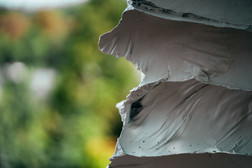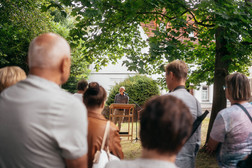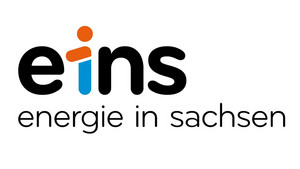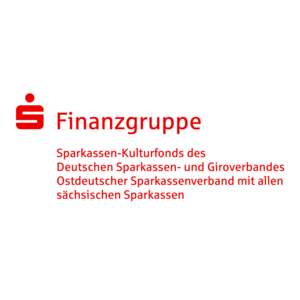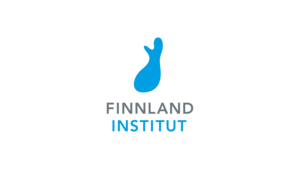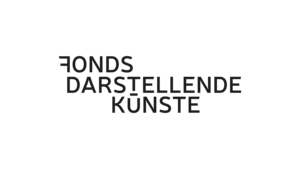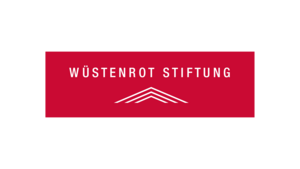Stijn Ank: Endless Column
Hainichen
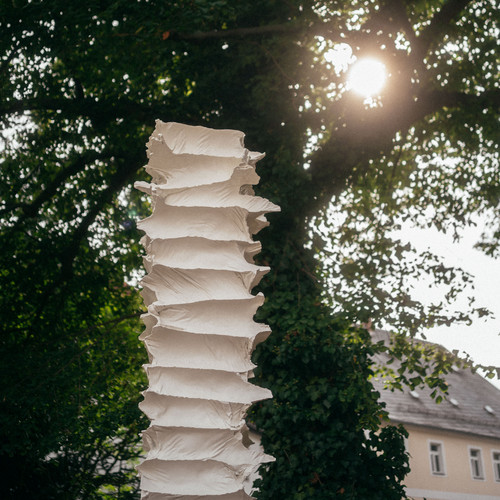

Born in Brussels, Belgium in 1977, Stijn Ank initially studied architecture before later turning to the fine arts. His sculptural work explores the concept of negative space. Using wooden, metal and rubber moulds, he casts his objects in plaster, creating sculptures in paper-white patinated bronze. The lightness and colour of these sculptures reference ideal forms rather than the metal from which they are made.
The sculpture Endless Column, whose title alludes to the iconic works of Romanian sculptor Constantin Brâncuși, appears to fill negative space with soft pillows or sacks arranged in a square around a central point and stacked on top of each other. Like a narrow white pillar, its layered, irregular recesses rise vertically into the sky, filling an infinitely expandable void. Ank’s sculpture feels like a fragment of an infinite and never-ending process, like a layering-up of paper shapes and sometimes even thoughts.
In Hainichen, Endless Column stands beside the birthplace of the poet, philosopher and Enlightenment philosopher Christian Fürchtegott Gellert, who was born in 1715, and above a monument to the engineer Friedrich Gottlob Keller, who was born a good century later. Gellert, a Leipzig university professor who taught in the 1740s and 1750s, saw his ethics lectures and poetic fables as practical moral teachings. He inspired a generation of young poets, including Johann Wolfgang von Goethe and Christiane Karoline Schlegel. In the mid-18th century, his writings were the best-selling publication in the German language after the Bible. His success pre-dated the use of industrially produced wood pulp paper, whose development in 1816 is credited to Keller.
It was wasps’ nests that gave the inventor, who worked in Hainichen, the idea of “friction” and led to the production of the first paper made from ground-up wood fibres. Keller’s invention laid the foundations for the printing industry, mass-media newspapers and today's information society. Carl Gottlob Roßberg printed the first daily newspaper on “Keller paper” in nearby Frankenberg in 1845.
Stijn Ank
Endless Column
In Hainichen, Gellertplatz
Material: Bronze, white patinated
Size: 3 x 0.5 x 0.5 m
Set up with the support of the town of Hainichen.
Address:
Gellertplatz
09661 Hainichen
to the location on Google Maps



